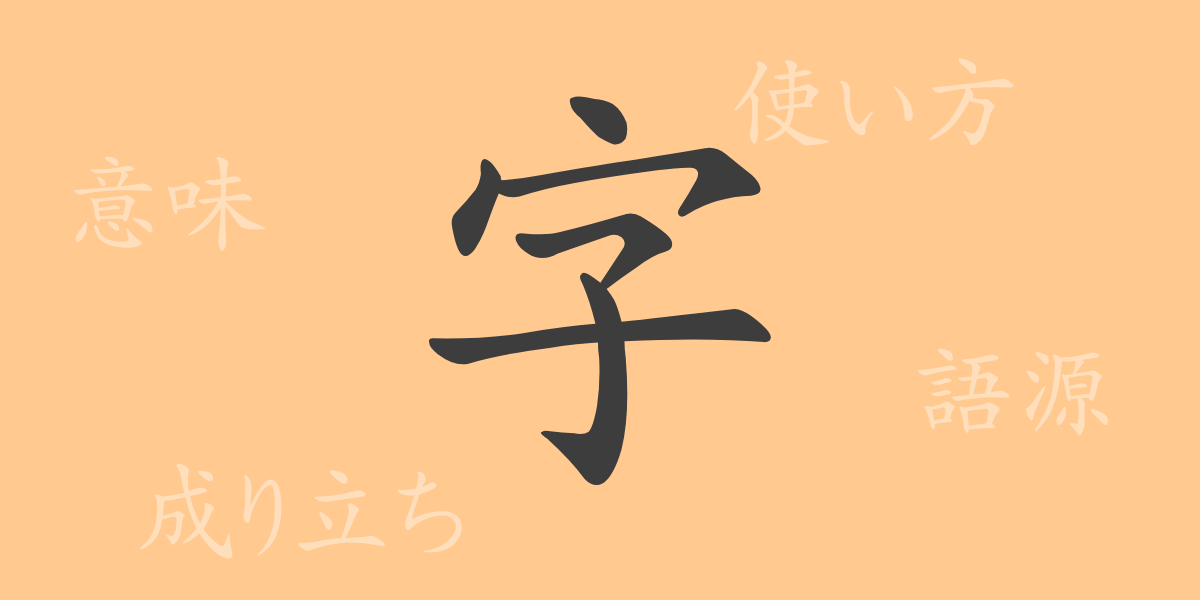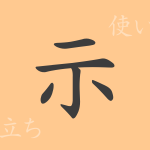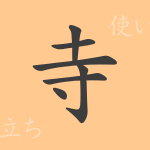The written culture of Japan has evolved alongside its long history. At the center of this evolution are the 常用漢字(じょうようかんじ) (common use kanji) that are used daily in Japan. This time, we will focus on one of these common kanji, “字(じ).” By exploring its origins, meanings, uses, and various idioms and proverbs, we aim to uncover the charm of this character. We hope this article will deepen your understanding of the kanji “字(じ).”
Origins of 字(じ) (Etymology)
The journey to uncover the origins of the kanji “字(じ)” begins in ancient China. It derives from pictographic characters, initially combining the phonetic element “子(こ)” with the semantic element “宀(うかんむり)” (roof). This combination gave rise to the concept of a “symbol” representing sound and meaning, and “字(じ)” came to be used to denote characters and writing.
Meanings and Uses of 字(じ)
The kanji “字(じ)” has the basic meanings of “character” or “handwriting.” Extending this, it also encompasses “written content,” “notation,” and “expression.” In modern Japan, “字(じ)” is frequently used in the context of printed and digital displays, serving as a fundamental unit of information transmission.
Readings, Stroke Count, and Radical of 字(じ)
The kanji “字(じ)” also reflects aspects of Japanese language culture through its readings and structure.
- Readings: The on’yomi (音読み) reading is “ジ,” and the kun’yomi (訓読み) reading is “あざ.”
- Stroke count: “字(じ)” consists of 6 strokes.
- Radical: The radical is “子(こ),” used to classify characters related to “child.”
Idioms, Phrases, and Proverbs Using 字(じ)
The kanji “字(じ)” appears in many idioms, phrases, and proverbs. Here are some examples:
- 字引(じびき): A dictionary, derived from the action of looking up characters.
- 一字一句(いちじいっく): Every single word and phrase, paying attention to details.
- 名字(みょうじ): A surname, indicating family lineage.
- 字余り(あざあまり): In haiku or tanka, exceeding the prescribed syllable count.
- 字を捨てる: To abandon scholarship or culture, a self-deprecating expression for ignorance.
Conclusion on 字(じ)
This article has explored the multifaceted aspects of the kanji “字(じ).” From its development as an ancient pictograph to its crucial role in modern Japanese communication, “字(じ)” is indispensable. Its readings, meanings, and rich idioms and phrases offer a glimpse into the character’s depth and cultural significance. Although “字(じ)” is seen daily, remembering that each character holds a long history and profound meaning is essential.

























